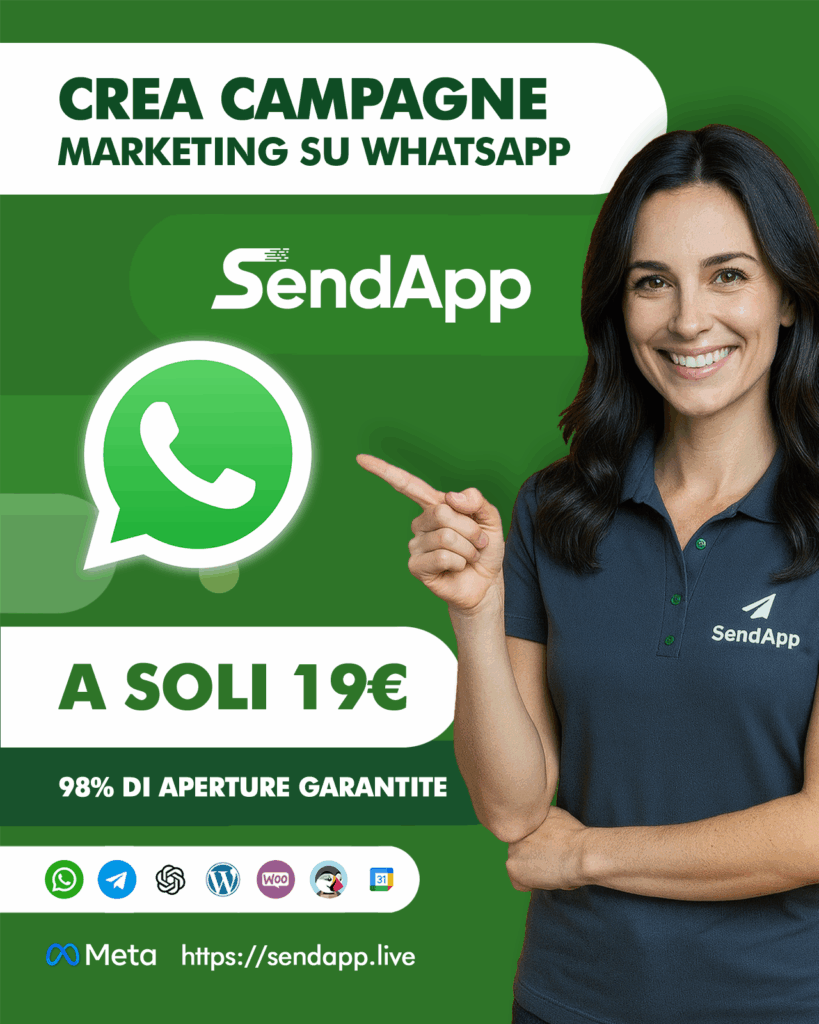The current global pandemic is forcing companies to rethink the way they communicate with customers; and employees and devise new ways to get the latest news to key members. Some of these changes may be temporary; they last as long as public health experts recommend social distancing; but we suspect the majority will remain in place as a best practice for communications in general or as a fallback method for crisis communications.
Why Mobile Messaging During a Crisis?
In most cases, organizations already have messaging channels; for employees, customers and potential customers. And unlike email, mobile messaging is "always on" and is much more likely to be seen / read by your audience.
However, it's not just about a message reaching its goal, as important as it is during a crisis. Mobile messaging also offers intelligence based on artificial intelligence; a key feature for organizations that need to inform the public about a complex and rapidly changing situation. Whether it's distributing chatbots that answer specific questions; that your audience may have or use personalization to deliver the most relevant messaging to each individual in your audience; AI can help you ensure that a tsunami of information is properly limited and targeted at the people who need it most.
The video also opens up new ways to interact and serve
In addition to mobile messaging, businesses are leveraging video to keep their customer base engaged and updated with the latest information. During the coronavirus pandemic, video became a vital way to send messages quickly. And many in-person meetings, services and events are being replaced by live or on-demand video; from live conferencing to telemedicine, virtual offices and remote learning.
Organizations that manage the crisis with SMS / messaging and video
How do organizations, from global corporations to government organizations and even the smallest organizations, use messaging and video? Here is a rundown of some examples we noticed recently:
Public health communications
The World Health Organization (WHO) recently launched a WhatsApp chatbot to spread information about COVID19. The chatbot shares current infection rates and answers to coronavirus questions. Country-specific WhatsApp chatbots are also currently being developed.
The advantage of using chatbots in this way is related to the limitation of information. Consumers have a wide range of questions about the situation in front of them; from what symptoms to look for and how to treat coronavirus at home, business impacts, and public testing places. Using a chatbot, consumers can choose the thematic areas they are most interested in and create their own "paths" for gathering information.
Virtual healthcare formats
Eligible health care visits are shifting towards a telemedicine model to reduce in-person interactions. Using secure APIs and software development kits; providers can use video calls to continue to care for patients (and bill for services) while protecting patients, providers and staff from infection.
In addition to video calls in direct, providers can also record and send short videos to the patient population; broadcasting news about the coronavirus and steps to safeguard health.
Health surveillance
Where local laws allow, some public health organizations are monitoring people diagnosed with the coronavirus to keep local residents aware of emerging outbreaks. In Israel, for example, the neighbors of any resident diagnosed with the coronavirus are alerted by a text message and are advised to take refuge on the spot.1 Other surveillance programs that come off the ground are voluntary in nature, asking residents to self-report to give people in their region more granular information on where coronavirus cases are.
Virtual tools for the workforce
Most global companies have been forced to send home at least a portion of their workforce, and the rapid shift from office to teleworking has prompted many to adopt new tools and new ways of working. Video conferencing and voice technologies are easy for remote workers to implement (though companies need to be vigilant that the tools they choose use encryption to prevent abuse - a major concern for rapidly dispersed workforces).
Videoconferencing, once used by a small portion of the workforce, has now become mainstream. Sales calls, college classes, job interviews, and even exercise classes are now all easily accomplished via video conferencing. The question arises as to whether organizations will fully revert to in-person meetings, especially those that require travel.
Crisis communications
SMS / text messages are an excellent way to send information in real time. Local and national governments are increasingly using messaging to alert the public to local outbreaks, public resources, and live press conferences. Keep in mind that these messages can include photos, videos, and even online ratings, formats that can help provide complex information in a more digestible way.
Cancellation / rescheduling of appointments
Sinch research shows that consumers were already open to doing more with providers and healthcare companies (e.g. pharmacies) via messaging: from receiving notifications about upcoming appointments, rescheduling appointments, and refilling prescriptions. The current public health crisis is accelerating the adoption of these types of services. For example, many hospitals are canceling optional surgeries and other non-urgent appointments to free up facilities for critically ill patients. By eliminating mass appointment cancellations via messaging (and getting instant confirmation from consumers that they've received the message), it frees doctors' offices from making long phone calls.
For those organizations that are transitioning to mobile communication, Sinch research shows that consumers prefer the default messaging app on their mobile phone over other messaging apps (e.g. WhatsApp) or dedicated healthcare apps. The 47% prefers TXT / SMS, compared to the 31% it prefers dedicated healthcare apps and the 22% prefers messaging apps.
Travel updates in real time
The current crisis is wreaking havoc in the travel industry, where flights are canceled in an instant and customers are rescheduling their planned trips en masse. Messaging offers airlines a quick and efficient way to reschedule flights and broadcast critical travel updates. When a flight is canceled, for example, an airline sends a mobile notification: “Flight 6548 in Paris has been canceled. The earliest available flight to Paris (CDG) from your location departs tomorrow at 10:00. Can we reserve a seat for you? ”The traveler answers“ Yes ”and the exchange is completed. (Sinch's research shows that most consumers find travel notifications useful: the 67% said they are "very useful" and another 27% found them "quite useful").
Spotlight on good works
Many companies are finding ways to support frontline workers most at risk for COVID-19. Fashion brands are changing production lines to make masks, chemical manufacturers are making hand sanitizer, and dozens of global brands like JetBlue, Starbucks, Hertz, and Four Seasons are donating goods and services to healthcare workers. Brands can highlight these good jobs with short field videos shared via social media and messaging apps. Pay particular attention, however, for videos to focus on why it's critical to support frontline workers (and how others can do it) rather than encouraging brand efforts.
Community commitment
The Red Cross has long relied on SMS communications and app-based messaging to activate its blood donor community. During the current crisis, these communications are more important than ever. The Red Cross is experiencing severe shortages as many blood units in workplaces and schools have been canceled. It is using its existing mobile messaging network to raise awareness of blood donation locations and to send urgent donation appeals to people with rare blood types.
Broadcast difficult news
Some communications are better conveyed over video than plain text. Text messages can be easy to misinterpret, but videos convey not just words, but tone, warmth, and posture, making them much more appropriate for communicating sensitive news. Companies are using short video-based communications to stay in touch with employees during the pandemic and convey sensitive information, such as news about short-term closures and new security procedures in place to protect employees.
Transport / delivery notifications
Many companies are introducing new policies and procedures to protect their delivery drivers, which requires careful communication with customers. For example, in the United States, pizza giant Domino's has instituted “contactless delivery” (and as a sign of the company's optimism for the future, it is hiring 10,000 workers to meet anticipated demand). The new system requires customers to pay online (cash payments are not allowed) and ensures that deliveries are made following the guidelines on "social distancing". Suggestions can also be done electronically, an important feature at a time when people want to recognize (and reward) the dangerous work of delivery drivers.
Choose a multi-channel approach
For businesses rapidly rolling out new messaging or video formats, the key is to find consumers where and how they prefer to interact. While some consumers will want to receive messages via their default phone app, others are much more used to using dedicated messaging platforms like WhatsApp (and services like WhatsApp and Facebook Messenger have the added benefit of including advanced messaging formats, which aren't yet. available from some telephone operators).
If you need ideas on how messaging is being used by different generations and countries, or ideas on what types of messaging consumers welcome from businesses, check out here the Mobile Consumer Engagement 2020 report.








Achei seu site muito interesting, or app é ótimo